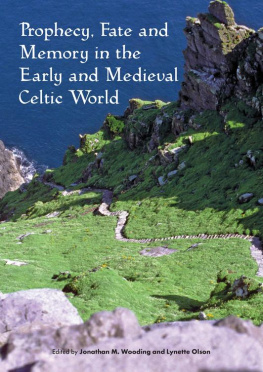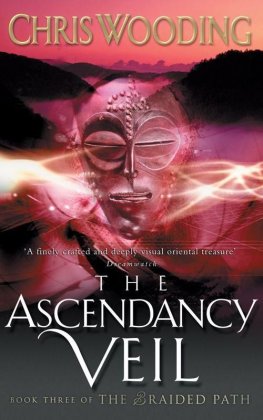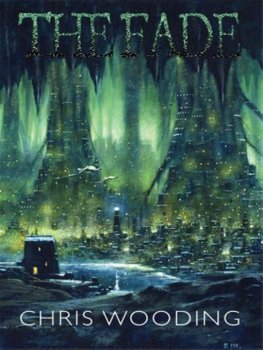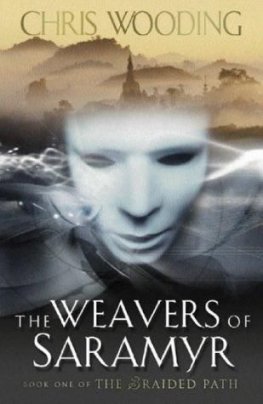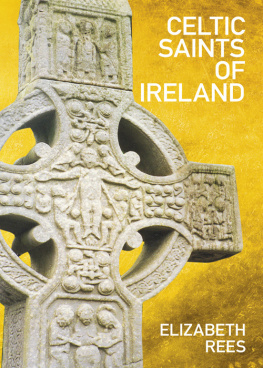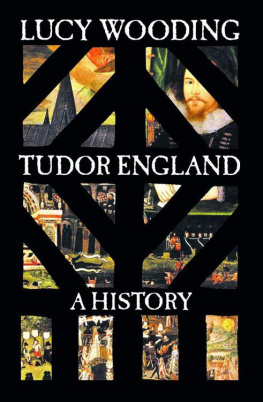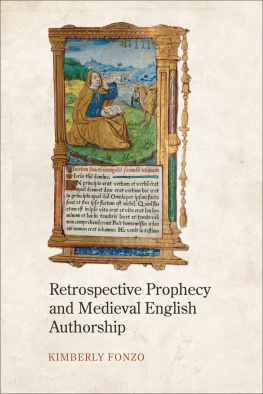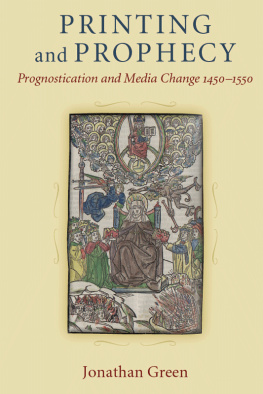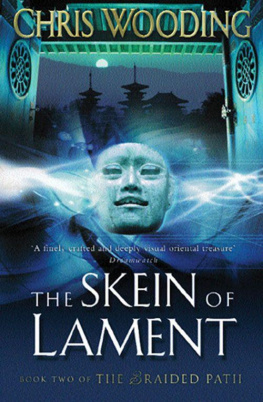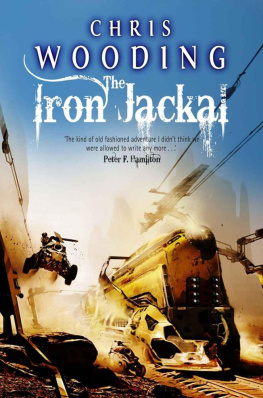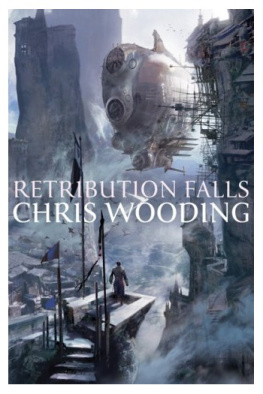Jonathan M. Wooding - Prophecy, Fate and Memory in the Early Medieval Celtic World:
Here you can read online Jonathan M. Wooding - Prophecy, Fate and Memory in the Early Medieval Celtic World: full text of the book (entire story) in english for free. Download pdf and epub, get meaning, cover and reviews about this ebook. year: 2020, publisher: University of New South Wales Press, genre: Religion. Description of the work, (preface) as well as reviews are available. Best literature library LitArk.com created for fans of good reading and offers a wide selection of genres:
Romance novel
Science fiction
Adventure
Detective
Science
History
Home and family
Prose
Art
Politics
Computer
Non-fiction
Religion
Business
Children
Humor
Choose a favorite category and find really read worthwhile books. Enjoy immersion in the world of imagination, feel the emotions of the characters or learn something new for yourself, make an fascinating discovery.
- Book:Prophecy, Fate and Memory in the Early Medieval Celtic World:
- Author:
- Publisher:University of New South Wales Press
- Genre:
- Year:2020
- Rating:5 / 5
- Favourites:Add to favourites
- Your mark:
- 100
- 1
- 2
- 3
- 4
- 5
Prophecy, Fate and Memory in the Early Medieval Celtic World:: summary, description and annotation
We offer to read an annotation, description, summary or preface (depends on what the author of the book "Prophecy, Fate and Memory in the Early Medieval Celtic World:" wrote himself). If you haven't found the necessary information about the book — write in the comments, we will try to find it.
Prophecy, Fate and Memory in the Early Medieval Celtic World: — read online for free the complete book (whole text) full work
Below is the text of the book, divided by pages. System saving the place of the last page read, allows you to conveniently read the book "Prophecy, Fate and Memory in the Early Medieval Celtic World:" online for free, without having to search again every time where you left off. Put a bookmark, and you can go to the page where you finished reading at any time.
Font size:
Interval:
Bookmark:
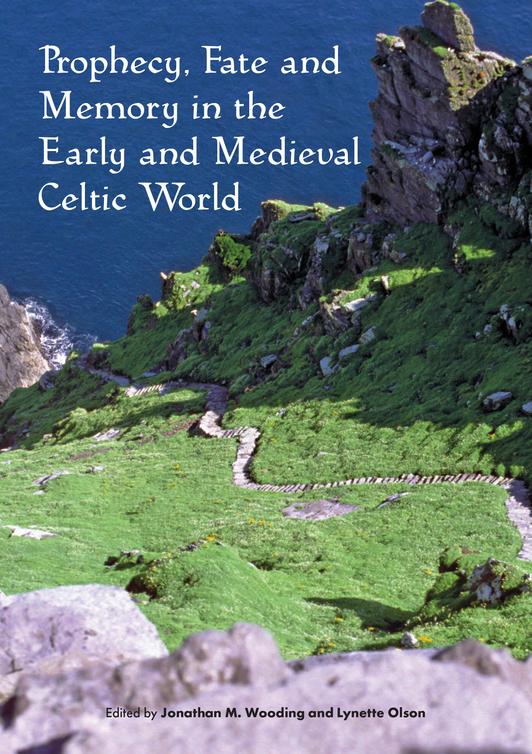
- ).
- ).
Jonathan M. Wooding
There are various challenges particular to the study of early and medieval Celtic cultures. One is simply a problem of evidence. Celtic-speaking populations came late into the mainstream of European history and often only in the process of their colonisation by neighbouring peoples. Even for the later Middle Ages and Early Modern era the preservation of records is uneven. For the earlier periods we often have only fragmentary data. I suppose many of us quite like it that way, as there is a particular interest to the type of detective-work involved in studying non-narrative sourcesnot to mention sources in which historical data are engagingly mixed up with the mystical or the prophetic. Such sources are, however, difficult to contextualise. How much do they speak to past events and how much to the present? How much do they owe to traditional and how much to external influences? What connections can we draw between sources that are separated by considerable distances of time, space, and language? In our struggle to extract basic meaning from exiguous sources we may be prone to beg wider questions, including theoretical approaches. Celtic historiography and source-criticism have indeed at times been notably conservative, often reluctant to seek meaning beyond philologyor at least those hermeneutics that are hard-wired to philology. The nationalism that frequently has been a backdrop to Celtic scholarship inspires a focus on secular politics and native tradition. There is a need to embrace new approaches, though not necessarily at the expense of our established methods. This may include a reach into neglected, sometimes non-narrative sources, or embracing methods from contemporary religious as well as literary hermeneutics.
The present volume marks a reboot of the venerable Sydney Series in Celtic Studies, now under the aegis of Sydney University Press. An essential element in its renewed mission is that it encourages innovative approaches to traditional questions in its major field. The choice of themes and topics of the present collection speaks to our ambition to innovate without compromise to the scholarly values that are essential to our discipline. One of our chosen themes is memorya theme that has proved highly productive in some areas of modern Celtic historiography. Thinking about how people remember also can help us to question traditional ideas in earlier Celtic studies. Cynthia Neville in her chapter demonstrates through masterful, exhaustive analysis the subtle process by which the Scottish court, in seeking to affirm Malcolm III and his descendants as the legitimate rulers of Scotland, set out to recast, reshape and rewrite the collective memory. Lynette Olson in her chapter asks provocative questions concerning how early-medieval people crafted identities through conscious memorialising of past loss. Older historiographical visions which saw Celtic nations as being largely in thrall to tradition, or having only an intermittent knowledge of a more sophisticated world, will not be found here.
Yet in seeking to liberate the medieval Celtic nations from assumptions of nativism and worthy unsophistication we must be wary of treating them as if they were simply modern nations. The worldview of medieval people was undoubtedly quite different to ours. When an early-medieval historian such as Bede described visions of heaven and hell in his Ecclesiastical History it was because these visions of the future were perceived as being history. His audience believed that prophetic visions could reveal future history and that travellers who claimed to have visited the heavensfor example the Irishman St Furseybrought back real memories of future events. Some believed that powerful utterances, such as the geisi referenced by Roxanne Bodsworth in this volume, might even bind future events. Though the context of Bodsworths analysis is a literary one, study of charms and curses recorded from wider society tell us that words and statements of power had a reality in social life. Penance, one of the themes of Constant Mews chapter, is shown to be the basis of influential social teaching that crossed over into the secular sphere and in which Gildas prophetic criticism of secular and clerical behaviour was being transmuted into a body of thought structured around respect for law. We have, accordingly, added fate and prophecy to the theme of memory here, so as to capture distinct qualities of the worldview of the early Celtic-speaking nations. It is notable that all the contributions find productive outcomes from one or more of these concepts.
Inscribed monuments are one of the categories of non-narrative written data that increasingly feature in the rewriting of the ancient and medieval history of north-west Europe. Our collection opens with three studies with inscribed monuments at their centre. In the past and in the present, monuments have always been central to how things were remembered and which things were chosen to be remembered. Here they are the subject of approaches that consider them in their wider relational contextstheir placement in the landscape and the performances associated with them. Bernard Mees offers us a detailed reflection on the philology of some inscriptions from Northern Italy, which he places in the context of a process of Romanisation. These inscriptions fall within the broad group known as Lepontic, which contains Celtic texts dating back to the sixth century BC, but these are from a much later period, nearer to the end of the Roman Republic. Mees sees these texts as being not merely of linguistic interest, but also of broader socio-cultural importance, particularly those that are religious in nature. The study of religious ideas in provincial Roman inscriptions is indeed one of the more dynamic fields in recent Celtic studies, where the work of the F.E.R.C.AN. project, Considering a group of texts from the region of St Bernards Pass concerning the local deity Jupiter-Poeninus, Mees makes a contrast between the Latin votum (vow) texts and the Liddes inscription, which, in omitting the Roman name and using a Celtic dedicatory verb, is different from other inscriptions from the locale. In his view it appears closer in style to a typical Gaulish dedication. Comparing the Liddes Poeninus inscription with one to Boios at Manching he finds evidence of alphabet-switching (mixing graphemes from different alphabets), an expected feature of Romanisation, but the dedication of the Liddes inscription is itself native in character rather than Roman.
In a case study of western Ireland in the second half of the first millennium AD, Toms Carragin considers some evidence for ecclesiastical land-holding. His wide-ranging introduction observes the disjunction of landscape data with some historical models that would synchronise churchyard burial with religious change or which equate density of churches with the regional character of pastoral care. In a particular case study of the estate of the Kerry saint Mochaellc Mac Uibhlena once obscure saint who carries a surprising weight of recent scholarship Carragin seeks to reconstruct the social and ritual processes in which monuments participated. He envisages a landscape not inertly demarcated by monuments, but monuments as part of social processes, often on linear routes through territories rather than, as has often been assumed, around their perimeters. Inscription and re-inscription of monuments is interpreted in terms of periodic change and promotion of new owners and cults. For the defaced ogham on the Ballintermon stone, for example, he suggests
Font size:
Interval:
Bookmark:
Similar books «Prophecy, Fate and Memory in the Early Medieval Celtic World:»
Look at similar books to Prophecy, Fate and Memory in the Early Medieval Celtic World:. We have selected literature similar in name and meaning in the hope of providing readers with more options to find new, interesting, not yet read works.
Discussion, reviews of the book Prophecy, Fate and Memory in the Early Medieval Celtic World: and just readers' own opinions. Leave your comments, write what you think about the work, its meaning or the main characters. Specify what exactly you liked and what you didn't like, and why you think so.

